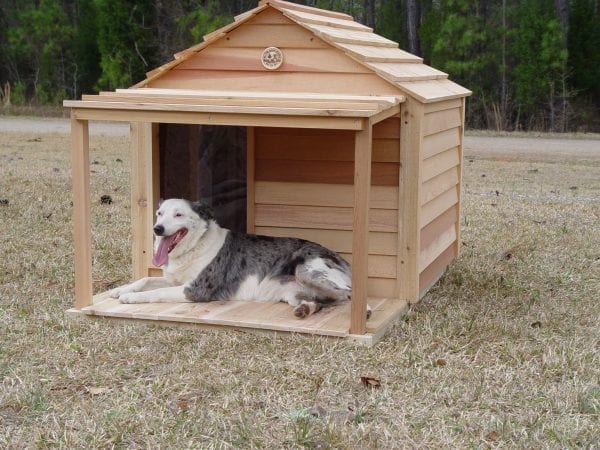It’s critical to insulate a dog home to keep the cold out and preserve your dog’s body temperature. The majority of individuals choose to have their pets with them inside the home. Some people choose to construct a dog home for their pets so that they have their own space. Dogs, like humans, need shelter in the winter to protect themselves from the cold wind. For most dogs, a significant temperature change is unpleasant.
When it’s raining cats and dogs, they’ll need shelter as well. Furthermore, they need a shaded location to shield them from the sun. A simple kennel will keep rain and wind out, but it will not keep heat in. Insulation in the dog home, as well as dry and warm bedding, provide the ideal environment for your cherished dog to relax and enjoy himself.
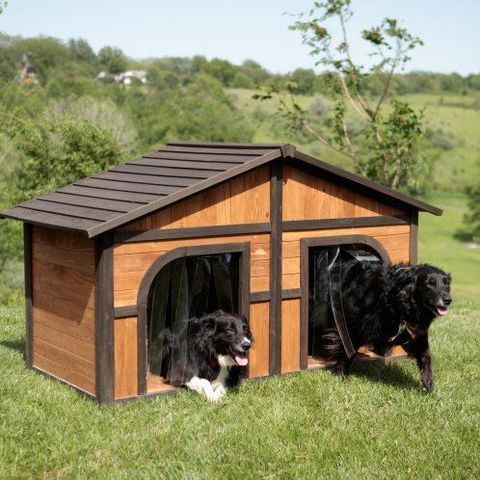
How to Insulate a Dog House
Insulating an outdoor dog house is easier than it sounds. All you need is a pet owner that is motivated and resourceful. There are many dog house designs to choose from, as well as a range of insulating materials. You may use bubble wrap or spray foam, both of which are very affordable. The primary goal is to keep the wind out and the heat in. To begin, choose a suitable place, such as along your house’s wall. Your doghouse should not be directly in the line of the wind or the sun. Make careful to insulate every inch of the inside.
Insulation should be applied to the walls and ceiling. Any gaps between the insulation and the walls should be filled. It’s also important to remember the floor. It is the portion with which the dog has the greatest touch. To prevent direct touch with the cold and wet ground, try to elevate the kennel. Use a flap door that has insulation on both the inner and outer panels. It will save a lot of energy and is also dog-friendly.
Also, provide some lovely, warm bedding for the dog to sleep on. It will keep the heat in while remaining comfortable. Don’t forget to panel up the insulation to keep your dog from eating it. With that out of the way, let’s dive into the specifics of how to insulate a dog home.
Which Insulation Materials Should you use for the Dog House?
Insulating a dog home may be done using a number of materials. Insulation is essential whether you want to preserve as much heat as possible or reduce the usage of an external kennel heater or heating pad.
Some are suitable for use as external insulation, while others are suitable for use as internal insulation. Some may also be utilised as a wind-blocking flap on the entryway. Let’s take a look at some of the most common and effective insulating options.

Fibreglass Insulation
On this list, pink fibreglass is one of the greatest insulation materials. It is economical and easy to set up. The most comfortable dog kennels in town are made with fibreglass insulation. Furthermore, fibreglass has one of the greatest R values of any construction material (R-value is a measure of heat insulation; a higher R-value indicates greater insulation). Instead of making a mess with a saw, you may simply cut it using heavy-duty scissors.
Fibreglass, on the other hand, is very irritating to the skin and lungs (airborne fibres). Working with it necessitates the use of gloves and a mask. To keep your dog from getting into touch with it, you should cover it with panelling. Furthermore, it is readily destroyed by moisture, therefore covering it is necessary to avoid this.
Reflective Coil
For many pet owners, a reflective coil is an ideal option because of its efficacy, cost, and ease of usage. It’s also non-toxic, lightweight, and acts as a vapour barrier. Simply cut a piece of the reflective coil and use it as you like.
It may also be used in conjunction with other insulating materials. Simply adhere it to fibreglass and conceal it behind wooden or plastic panels. It’s also used in conjunction with bubble wrap. When these materials are used together, their insulating qualities increase (and R values). As a consequence, the owner is pleased, and the renter is content.
Foil Bubble Wrap
It is based on a basic yet powerful idea. The wrap works in the same way as your blanket. Air bubbles are confined over a sheet, providing excellent insulation from temperature fluctuations. This isn’t your ordinary bubble wrap, however. This is a unique variation that combines a basic wrap with an aluminium foil covering. It’s made specifically for insulating reasons. However, you must cover it with panels to prevent Butch from chewing on it.

Polystyrene Foam
Polystyrene foam, commonly known as Styrofoam, is another excellent insulating material for dog homes. It is inexpensive, simple to use, and widely accessible. They come in a variety of thicknesses. A half-inch of foam has an R-value of 2.5, and you can simply fold and double it to get an R-value of 5.
However, it is not the most durable of materials and will rapidly degrade if exposed to the elements. It should also be panelled to prevent your dog from swallowing anything.
Spray Foam Insulation
If you have some extra cash and want to go all out, buy some spray foam. It’s simple to use and extends to fit the available area. It is also resistant to moisture and mould development. All you have to do now is hang the panels on the inside side and paint the gaps between them. You may skip the panelling and simply spray between the layers if your kennel already has inner and outside walls.
On the other hand, spray foam has the potential to shrink with time. Its implementation requires forethought and expertise due to its rapid growth.
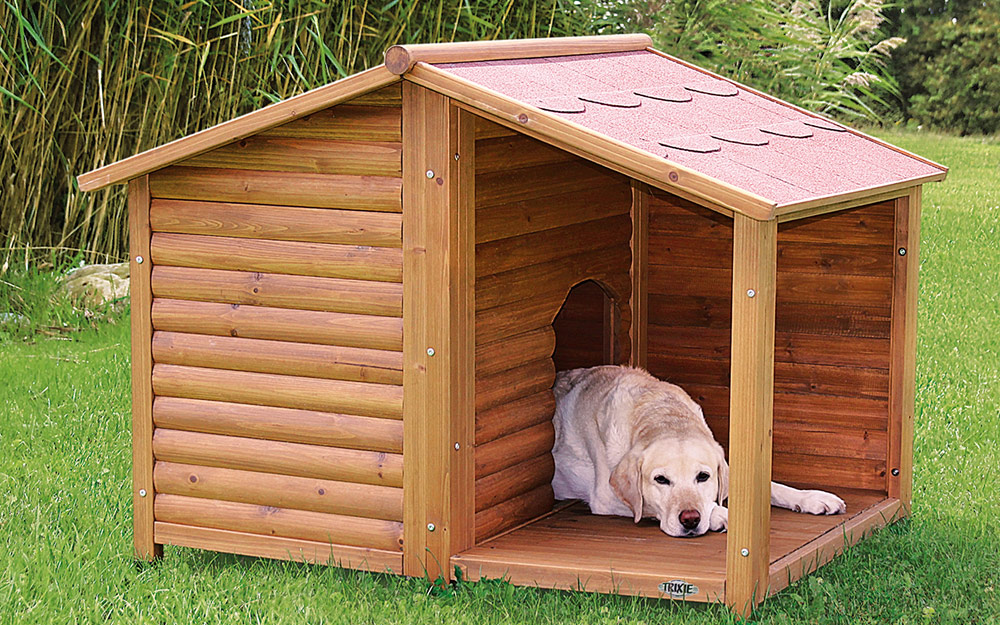
Carpet
Another unique technique of insulating and recycling is the use of carpet remnants. If you don’t mind receiving any size or print, you may buy them for a lower price. They may be simply stapled or attached to the kennel’s inside and floor. Some folks even hang them from cup hooks on the outside walls to keep them from blowing away. Dog flaps may also be insulated by attaching a suitable carpet piece inside of them.
Wood
For insulating a dog kennel, wood is not the greatest insulator. However, you may still cut panels for all of the walls and the roof and assemble them in the interior. We also recommend applying a water sealant to enhance insulation and extend the life of the wood. Softer timbers, such as cedar lumber, should be used since they have more air spaces.
Wooden kennels aren’t always terrible, and out of all the commercial alternatives, they’re probably the best against plastic or, worse, meshed metal wires.
Tips on Insulating a Dog House
All dog owners adore their dogs and want them to have a nice time on a regular basis. Just for them, here are some helpful dog house insulation ideas.
Damage Repair
Building a kennel is not a simple task. You must also maintain it after you have completed it. Keeping a kennel, like keeping a dog, is a never-ending job. You should be on the watch for any holes or cracks at all times.
Inspections of the interior and exterior of the dog home should be done on a regular basis. These may cause all of your hard work in insulating the kennel to be for nothing. As a result, a single hole or crack may be the difference between a restful night’s sleep and hypothermia. Repair any damage as quickly as possible. Spray foam may simply be used to fill any hole. Any slackening in this area may spell disaster for your dog.
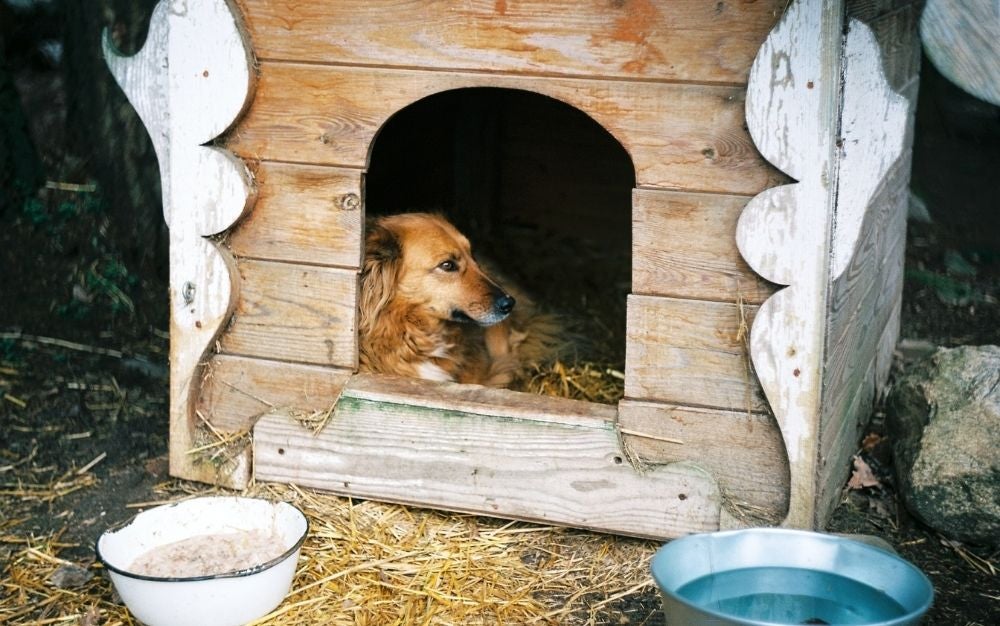
Remember the Floors!
Many people are unaware that, after the entrance, the floor is one of the most significant causes of heat loss. A chilly floor may easily cause hypothermia and frostbites since the dog’s body and paws come into close touch with it.
Raising the dog house is an excellent method to keep your dog safe from the bone-chilling cold. Concrete and grass, for example, are poor insulators because they allow cold and damp to enter. To build a platform for the doghouse, you may simply use joists or a couple of 2 x 4 pieces. It is a cost-effective and efficient technique. Another method to keep the cold from seeping through the floor is to build your kennel on a verandah.
A cold-weather dog bed, carpet, and rugs are some of the finest materials for covering the floor. You may also combine a thick thermal blanket with straw (which dogs like).
Doggie Flap Door
The installation of flap doors in your dog home is a fantastic idea. They keep the wind and rain out while offering a convenient entrance point for your dog. However, if not adequately insulated, they may result in heat loss. For older and smaller dogs, this may be deadly.
A PVC curtain may be used on the outside, and a fabric curtain can be stapled to the inside. While not blocking your dog’s entrance, this will significantly decrease the quantity of heat lost. You may create them at home or purchase them online, depending on your preferences.
Nails and Screws Must be Checked.
Another crucial element of constructing an insulated dog home is ensuring that no nails, screws, or splinters protrude. The skin of your dog is often pricked by such splinters. A typical location for such an injury is the underside of the paws.
Splinters should not be taken lightly, since they may cause illness and an unpleasant trip to the veterinarian. As a result, it is preferable to remove any nails or properly hammer them in. Similarly, make the wooden panels as smooth as possible to prevent splinters from causing injury. This is the very last thing you want to happen to your dog.
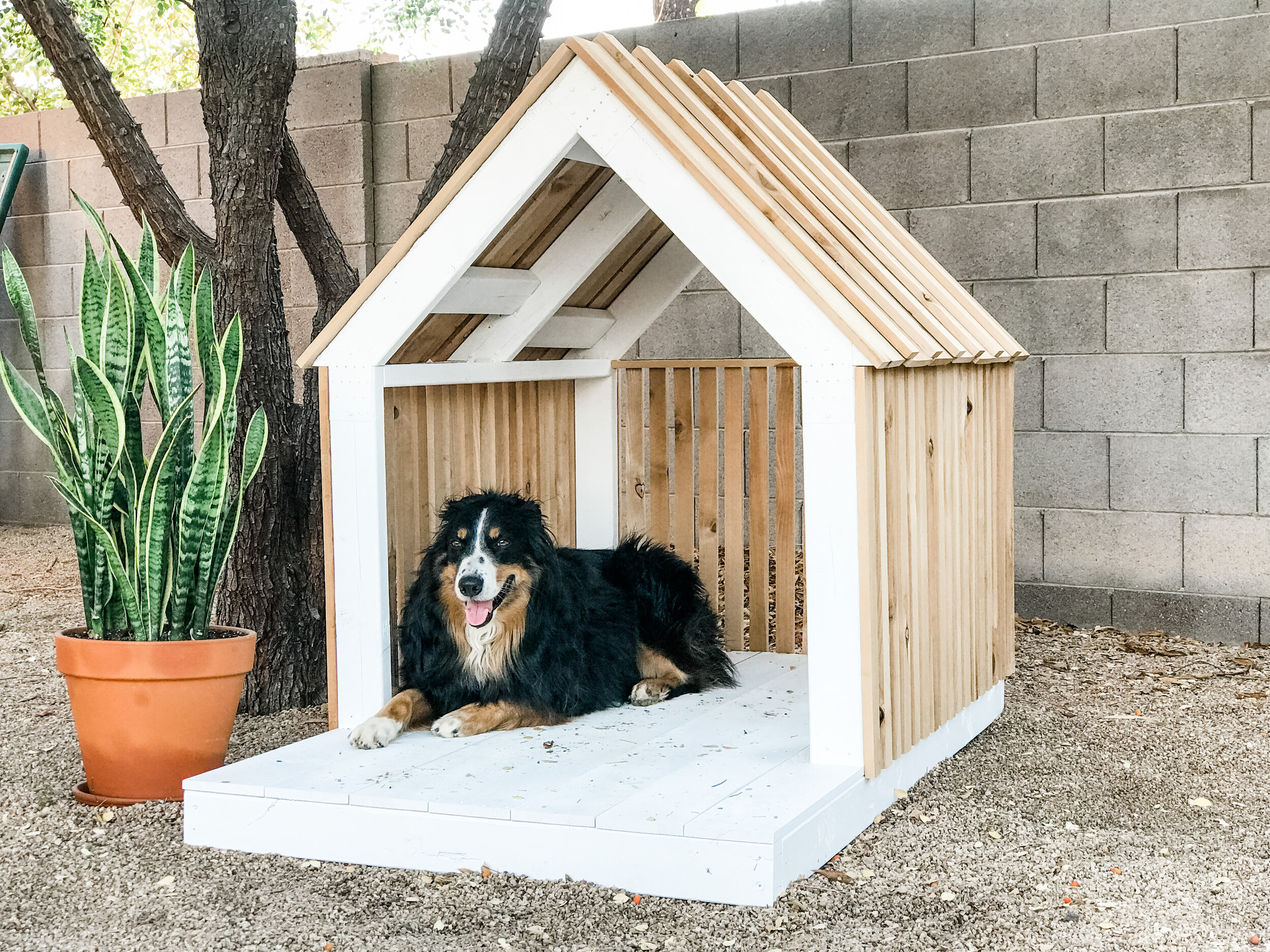
Frequently Asked Questions about Kennel Insulation
That’s all there is to it! We attempted to provide all there is to know about insulating a dog kennel. You may, however, have a few unanswered questions. Here are some of our readers’ most frequently asked questions on this subject.
How do you build a dog house for the winter?
To begin, choose a good site that offers some protection from the wind and snow. To insulate the inside, you may use fibreglass, foil bubble wrap, reflective coil, and spray foam. To keep your dog from devouring the materials, put them between the walls and panels. Similarly, by elevating the floor with joists or 2x4s, you may insulate it from the cold.
You could also put up some beautiful, cosy bedding. It’s best if the door has a dog flap with insulation on both the inside and outside.
In the winter, what should I put in my dog house?
You may make your own out of a number of widely accessible and inexpensive materials. Fibreglass, Styrofoam, reflective coil, and foil bubble wrap are among them. They all offer excellent insulation, with fibreglass having the highest R-value (higher the value, better the insulation). Many of these materials may also be used to combine their insulating qualities. Another option for a fast repair is spray foam.
You may purchase dog house flap doors online that are both dog-friendly and energy-efficient. Additionally, good and warm bedding will shield your dog from the chilly floor. Finally, you may choose dog-safe red bulbs with protectors to provide additional warmth to your beloved friend.
What is the best thing to put in a dog house for warmth?
After that, your dog will generate enough body heat to keep itself comfortable for the most part. Additional heat sources, on the other hand, are possible.
If the ceiling is high enough to keep the dog from reaching it, incandescent lights may be utilised. A red bulb (with a fire-resistant shield) is preferable since it does not disturb your dog’s slumber. You may also transmit some of the heat from your home to the kennel using a dryer hose. Heaters that are “Plug and Play” may also be used. Make sure your dog isn’t gnawing on the wire.
Any source of heat loss or wind entrance, such as a hole or a crack, should always be eliminated first. Fibreglass, Styrofoam, or foil bubble wrap should all be used to properly insulate a dog home.

